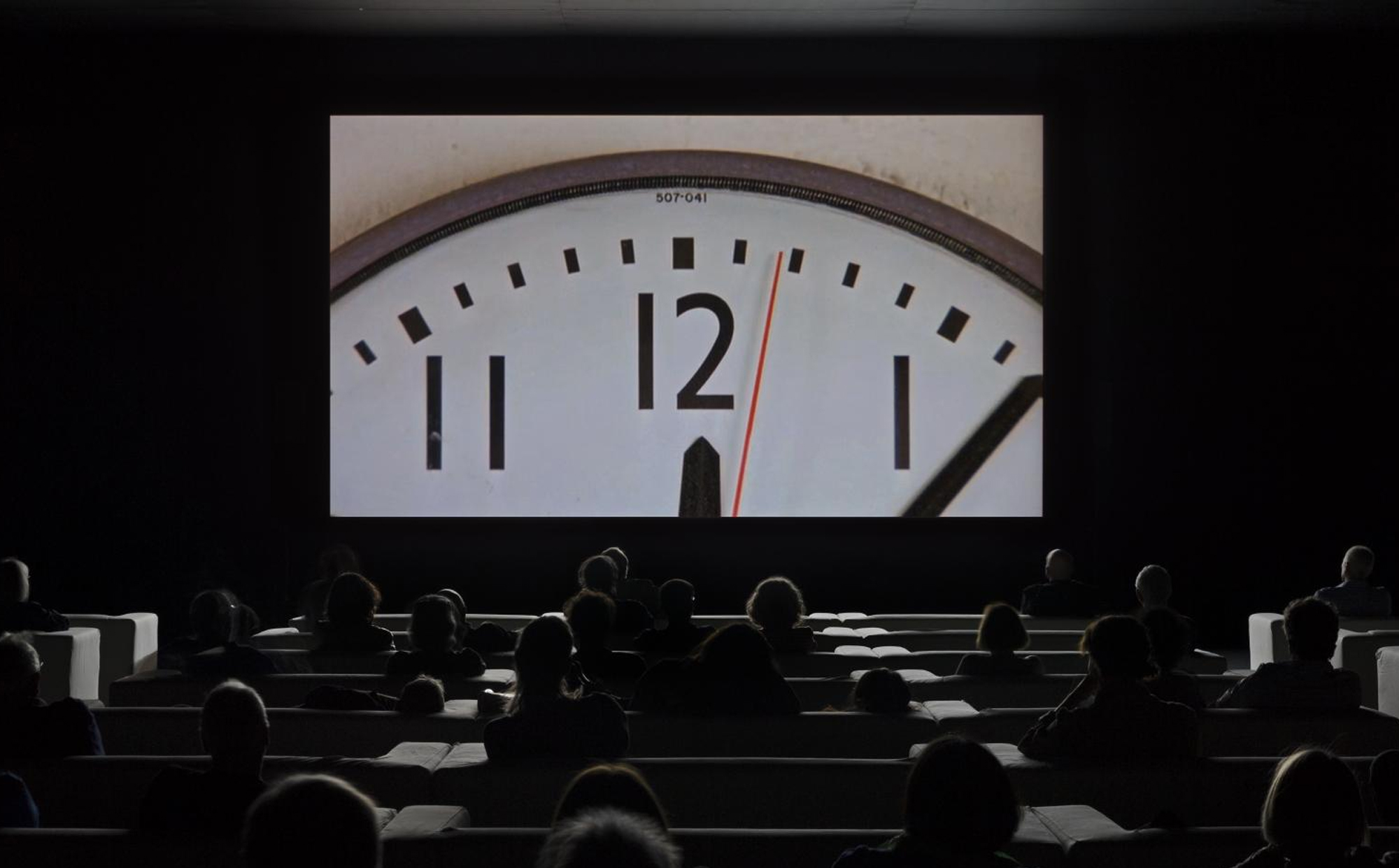Your Future Self vs Matt Damon: Why Your Brain Treats Them the Same

Living in times of crisis and constant change is difficult for many reasons. One of them is the feeling that it’s impossible to plan for the future. At first glance, that might not seem like a major issue, but research suggests that our sense of connection with our future self is deeply tied to mental well-being.
The Matt Damon Test: How Your Brain Sees Your Future Self as a Stranger
Hal Hershfield and his colleagues showed this beautifully in an fMRI experiment. Participants were placed in a scanner and shown a series of trait words such as confident, generous, or hard-working. After each word, they were asked one of four questions:
- Does this word describe Matt Damon right now?
- Does this word describe Matt Damon ten years from now?
- Does this word describe you right now?
- Does this word describe you ten years from now?
If you’re not Matt Damon (or Natalie Portman whose name was used for female participants), your brain reacts in a predictable way. One neural network activates when you think about yourself in the present. Another, quite different from the first one, becomes active when you think about Matt Damon (whether now or in the future) and, surprisingly, when you think about yourself in the future.
In other words, when we picture who we will be ten years from now, the brain reacts almost as if we were thinking about a stranger. If the future self feels distant, it becomes harder to make choices that benefit them. Why save money, eat healthy, or give up comfort today for someone we barely recognize as ourselves?
After the scan, participants were offered a choice between receiving ten dollars immediately or fifteen dollars later. Those whose brain activity overlapped more strongly when thinking about their present and future selves were more likely to wait for the larger reward. Those whose brains treated the future self as “someone else” preferred the smaller sum right away.
In his book Your Future Self: How to Make Tomorrow Better Today, Hershfield expands this idea beyond the laboratory. He argues that future self-continuity — the sense that our present and future selves form a single identity — predicts healthier decisions, stronger self-control, and greater life satisfaction. When people feel close to their future selves, they tend to save more, take better care of their health, and act more ethically. When the future feels vague or detached, we behave as if we were spending someone else’s money.
One of Hershfield’s most striking studies used augmented reality to make the future self tangible. Participants saw realistic, age-progressed images of their own faces, complete with wrinkles and gray hair, projected onto mirrors or screens. Those who interacted with their aged avatars later chose to allocate significantly more money toward retirement savings than those who viewed their current appearance. When the future self becomes concrete and emotionally vivid, long-term goals like “saving for later” turn into an act of caring for someone real.
The “present me” is family. So are my loved ones and close friends. But who is this “future me”? We’ve never met, never had coffee together, never argued about politics. Time separates us, and our brain struggles to grasp that ten years is not such a long stretch after all. Yet one day that “other person” will be us, and we will be the “future generations” we so easily talk about. Those who understand this have an advantage — they live today with an awareness of tomorrow.
How to connect to your future self? Science-Backed Strategies
The good news is that this connection can be cultivated. Writing a letter to your future self, visualising your older face, or imagining your daily life years ahead can make the future more emotionally real. Hershfield’s work shows that even brief exercises like these can shift behaviour toward wiser, longer-term choices.
Still, he warns against living entirely for the future. The goal is not self-denial but harmony, to take care of both the person you are now and the person you are becoming. Because the future always arrives, and we all end up living with the selves we have built.
Read next

Explore future you with us.
Try Timestripe and start building the future you want. One goal at a time.
Get Started

